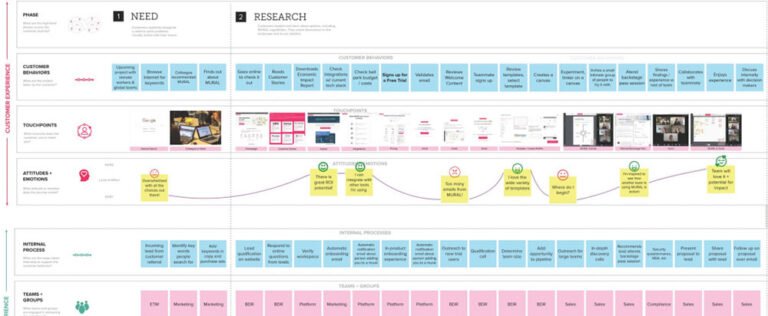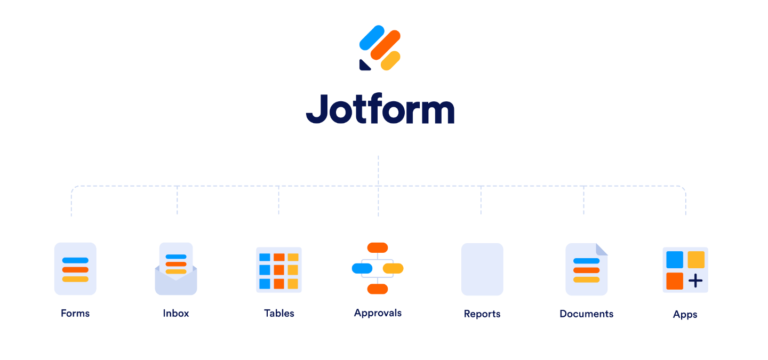
Businesses operating in the online setting must know how to maintain and improve their website design. To establish excellent online presence, a company should reflect value to their website as it’s the forefront of their brand. Without a well-structured and maintained website, you’re exposing your business to a huge pothole.
A brand’s website, essentially, gives a clear picture of what your brand is all about, what products and services it offers, what your content features, what your business goals are, and more. In short, your website will establish the first impression of a customer upon your business. Would you rather want a good or bad impression? Then, work on your website’s design.
Why Website Design?
According to these studies, a user takes roughly 50 milliseconds to visually assess a website, and the design plays a crucial role in this. Although it’s a common saying to not judge a book by its cover, users’ judgment relies heavily on what they first see. In short, your design will make or break your overall website and its traffic.
If you already have a business website, take a tour. Does it look appealing to you? Are text and images properly arranged? Is it worth staying? If your answers to these questions are no, then you’ll have to update your website design; do so with the help of these five basic tips:
- Collaborate With A Website Designer
If you want to improve your website, the best way is to hire a website designer. Website designers, essentially, are IT professionals who specialize in the visual appeal of websites. This route will guarantee a high-quality website, tailored to your needs. You can collaborate with them while designing and contribute your ideas, which they can then integrate into the design.
Additionally, hiring a website designer offers a valuable competitive advantage to designing the website yourself. Some business owners attempt to design their website to save money, but the low quality only reflects poorly on the company.
- Revisit Your SEO
Aside from the visual appearance of your website, it’s also crucial to analyze your search engine optimization (SEO), which refers to improving your website in order to receive more traffic from search engines. As an online presence, appearing on the first page of Google, Bing, or Yahoo is important as it’ll expose your website to more visitors. Evaluate your SEO using an SEO checker, to identify the strengths and weaknesses in your SEO.
Here are some factors which search engines prioritize when ranking websites:
- Page speed or loading rate
- Website security
- Relevant and unique keywords
- Functional links
- Mobile optimization
- Establish Calls-To-Action
Upon entering a website, what should the visitor do next? To guide the user into navigating the website, you should implement call-to-action (CTA) texts, images, links, and other types of content that lead to a specific function. For example, if you’re encouraging the visitor to subscribe to your newsletter, you can add a pop-up that asks for their email address with a CTA button “Subscribe Now.”
If you fail to establish clear CTAs, the user will be confused about what to do next, and will eventually leave the website. The better your CTAs are, the less friction it’ll require to move your potential customer down the sales funnel. Check out these tips on how to implement compelling calls-to-action.
- Be Mobile-Friendly
As stated earlier, mobile optimization is a crucial factor in optimizing your website. Think With Google estimated that 48% of consumers get annoyed when they encounter a website that isn’t mobile-friendly. After all, 57% of web traffic comes from mobile devices.
Through designing your website in a mobile-friendly way, you can achieve the following benefits:
- Enhanced mobile user experience
- Faster website load speed
- Increased average user time on site
- Competitive advantage against other websites
- Allow customers to contact you easier
- Display The Right Images
While it’s advantageous to incorporate multimedia elements on your website, keep in mind that not every photo will work on the message that you’re trying to deliver. Experiment with taking and designing your own, instead of using stock images.
Humans like to connect with other humans, so including people in images can increase the user’s emotional connection with your site. If you’re going to display images with people, make sure that they’re real, genuine, and don’t look generic.
Takeaway
Websites serve as the online face of the business. If you want your potential customers to perceive your brand as a good one, start working on your website design and consider these basic tips. Make sure to keep an eye on new industry trends, and have your website evaluated and redesigned every once in a while; improvements can always be made.






